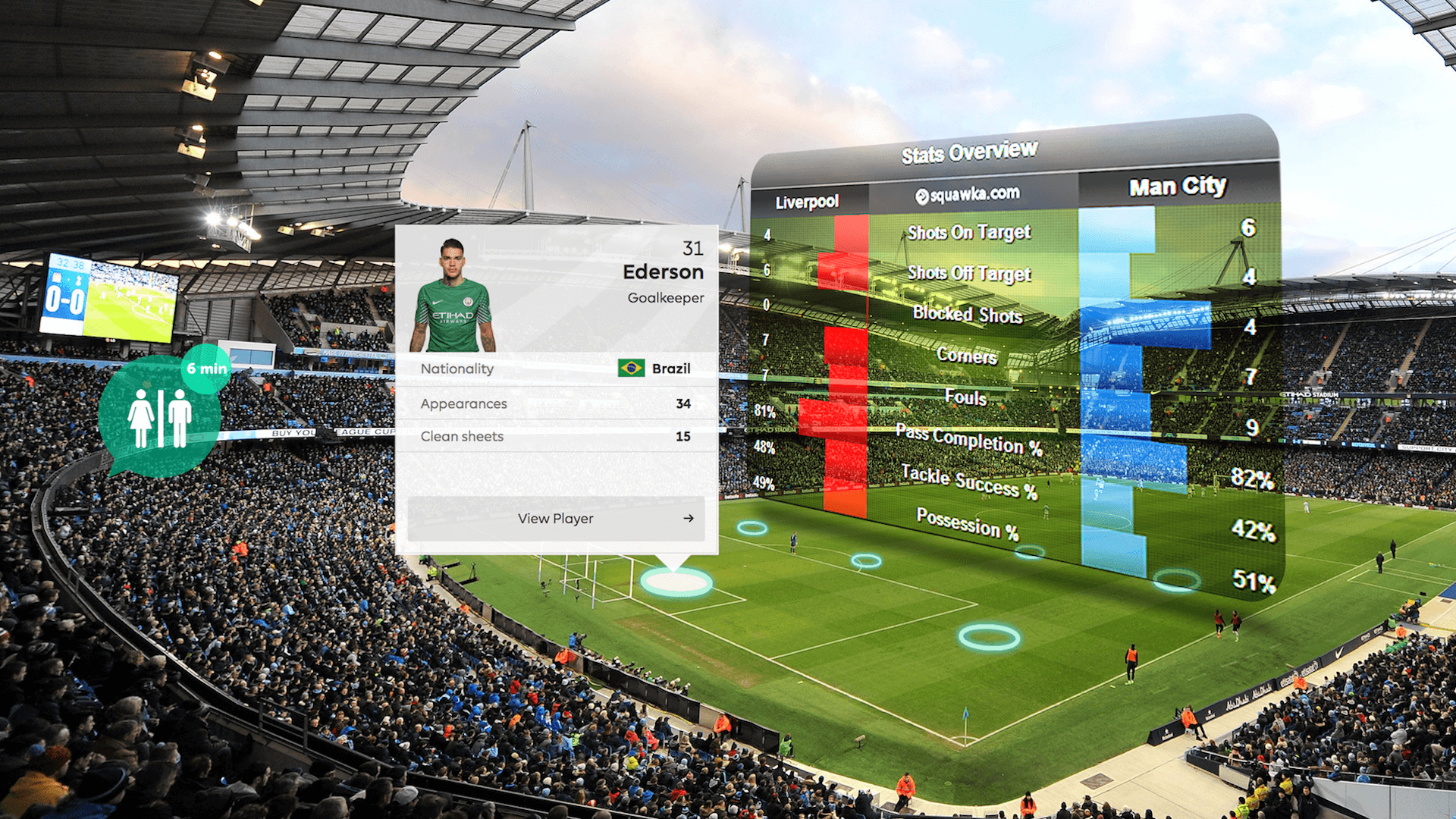Blippar launches indoor visual positioning system to anchor AR
Employing machine vision to recognize mapped objects, the company says it can determine which way a user is looking and can calculate positioning down to a centimeter.

A Blippar visualization of AR using its new indoor visual positioning system
If augmented reality (AR) is going to offer a reliable overlay for physical reality, it needs to be anchored into place.
In many cases, GPS positioning is employed to tether a Pokémon object or whatever to a particular physical spot. But GPS positioning can be off by several meters, and indoor reception makes it an iffy proposition for retailers.
Now, AR/computer vision firm Blippar is out with an indoor version of its urban visual positioning, offering what it says is a more reliable tether for AR than other indoor systems. The company, based in New York City and London, says it is the first to provide “an easy and end-to-end solution” to the problem of anchoring AR.
Released in the summer of last year, its outdoor visual positioning actually maps an entire urban area — from a city block to a full city — so that the layout and images of streets, buildings, and even street mailboxes, are stored in a database.
Then, computer vision is employed through the camera of a user’s mobile device to identify a building or other outdoor object, and the platform can look up the object and immediately place where the user is and which way she is looking.
Co-founder and CEO Ambarish Mitra told me his company has mapped San Francisco and much of the nearby South Bay area, as well as London. An AR City app can provide a user with overlaid maps, navigation or other AR components for the mapped territory, or the application components can be embedded into other apps.
Blippar also employs GPS for outdoor spaces, and Mitra said the outdoor visual mapping was done as a demonstration. Currently, there are no plans to map other outdoor spaces unless there is a project to do so.
The similar indoor positioning system, he said, only needs a few distinctive visual elements — like posters, paintings or aisle signs — plus floor plans or architectural CAD elements. Depending on the available data, the company says the resolution can range from a couple of meters to a centimeter.
The system can also work offline, since the database of navigational space and reference items can be embedded into the app.
The company suggests a wide range of potential environments for this platform, including retail stores, supermarkets, airports, shopping malls or stadiums. Use cases include AR menus floating in front of restaurants in shopping malls, reviews or product info hovering over products on shelves, treasure hunts or a virtual guide for tourists.
Mitra said that one of the world’s largest retailers, which he declined to name, is backing a Blippar project to provide “a constant sense of discovery” in its stores. Applications will include what he describes as “a cross-pollination of offers,” 3D content, labels and recommendation engines, and the effort is expected to launch by end of this year or the beginning of 2019.
Head of Computer Vision Luca Delpero noted that this new indoor visual positioning system picks up the mission of indoor positioning for virtual content from QR codes and beacons but adds a higher resolution, a more complete mapping and such capabilities as knowing which direction the user is facing.
He noted that some museums are using a system for adding additional content over their artwork based on their location. Google is also coming out with AR features for Google Maps, and Apple has launched an indoor mapping system. But Blippar says it is the first to combine mapping of indoor spaces via computer vision with AR for navigational and commercial purposes.
Opinions expressed in this article are those of the guest author and not necessarily MarTech. Staff authors are listed here.
Related stories
New on MarTech